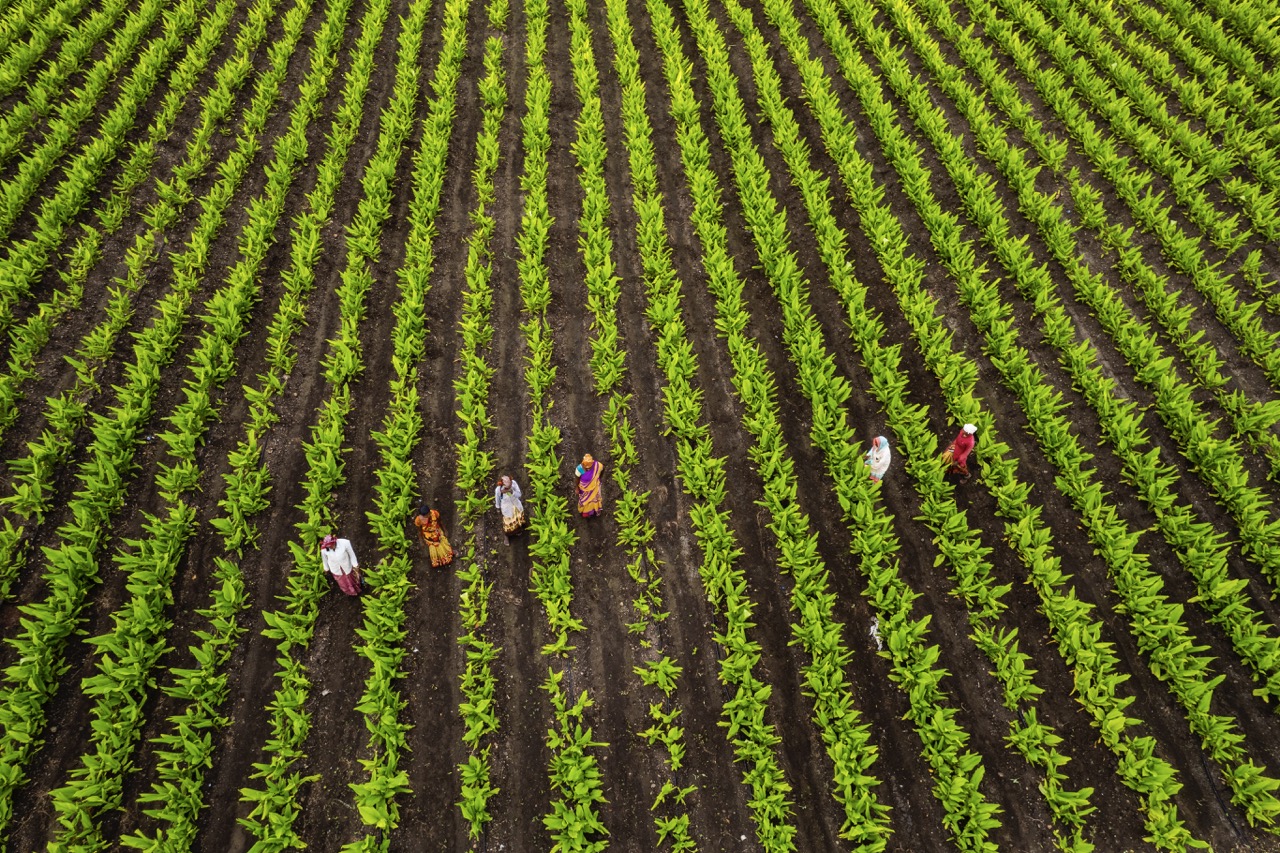Sharecropping, a system where landowners lease their land to farmers in exchange for a share of the crop produced, has roots in historical agricultural practices. Today, it presents an opportunity for aspiring farmers and entrepreneurs to engage in agricultural production without substantial capital investment in land. Developing a comprehensive business plan is crucial for success in this model, as it provides a roadmap for operations, financial planning, and strategic growth. This article outlines how to create a sharecropping business plan, covering essential components such as understanding the business model, evaluating land options, and managing financial projections.
Understanding the Basics of Sharecropping as a Business Model
Sharecropping operates on a mutual agreement between landowners and farmers, where the landowner provides land, and in return, the farmer delivers a portion of the harvested crop. This model can be particularly appealing for those who wish to engage in agriculture but lack the necessary resources to purchase land outright. Sharecropping can also serve as a pathway for new farmers to gain experience and build capital over time, which is essential for future growth in the agricultural sector.
Furthermore, sharecropping differs from traditional farming models by emphasizing collaboration between the landowner and the farmer. The terms of the agreement can vary widely depending on factors such as crop choice, land quality, and local agricultural practices. Understanding these nuances is vital for both parties to ensure that the arrangement is beneficial and sustainable. Proper communication and clear contracts can help mitigate disputes and foster long-term relationships.
In essence, sharecropping can be a valuable business model when executed correctly. Farmers must be aware of the challenges, including dependency on the landowner and potential fluctuations in crop prices. By understanding the basic principles and dynamics of sharecropping, entrepreneurs can position themselves to create a successful business that thrives on partnership and mutual benefit.
Key Components to Include in Your Sharecropping Business Plan
A well-structured sharecropping business plan should begin with an executive summary that outlines your vision, mission, and the specific objectives of your farming operation. This section serves as an introduction to potential investors or partners, summarizing the key elements of your business strategy. It should clearly articulate the anticipated benefits of sharecropping, including access to land, shared resources, and risk mitigation.
Next, the plan should include a detailed description of the operational framework, including the crops you intend to cultivate, farming techniques, labor requirements, and the management structure of the operation. This section should highlight your experience or any partnerships that will support the farming endeavor. Including a timeline for planting and harvesting seasons is essential to showcase your understanding of crop cycles and market demands.
Finally, a market analysis section is crucial, detailing the target market for your crops and the competitive landscape. This analysis should assess local market demands, potential buyers (such as wholesalers or farmers’ markets), and trends that may affect the pricing of your produce. By clearly articulating these components, your business plan will serve as a solid foundation for attracting investment and ensuring operational success.
Evaluating Land Options and Crop Selection Strategies
When developing a sharecropping business plan, evaluating land options is paramount. Conduct thorough research on available parcels of land, considering factors such as soil quality, climate, water availability, and proximity to markets. Engaging with local agricultural extension offices can provide valuable insights into land productivity and suitability for specific crops. It’s also critical to understand the landowner’s goals and expectations to align your farming practices with their vision.
Crop selection plays a vital role in the success of a sharecropping operation. Farmers should assess market demand and potential profitability when choosing crops, ensuring that selected varieties are well-suited to the land and climatic conditions. Diversifying crop choices can also help mitigate risks associated with crop failure or price fluctuations. Consider leveraging crop rotation and intercropping strategies to maintain soil health and optimize yields over time.
Additionally, building relationships with local agricultural suppliers can provide access to quality seeds, fertilizers, and equipment, which can enhance productivity. Networking with experienced sharecroppers can also yield valuable advice on crop selection and best practices. By thoughtfully evaluating land and strategically selecting crops, sharecroppers can lay a solid groundwork for sustainable agricultural success.
Financial Projections and Risk Management for Success
Financial projections are a cornerstone of any business plan, and sharecropping is no exception. Begin by estimating the initial costs associated with leasing the land, purchasing seeds and equipment, and labor costs. Developing a detailed budget will help you understand your financial needs and set realistic revenue expectations. It’s essential to project cash flow, taking into account seasonal variations in income and expenses, to avoid potential funding gaps during lean periods.
Risk management is another critical aspect, especially in the volatile agricultural sector. Factors such as weather conditions, pest infestations, and market fluctuations can severely impact crop yields and profitability. Incorporating strategies such as crop insurance, diversification of crops, and setting aside emergency funds can safeguard your business against unforeseen challenges. Regularly reviewing and adjusting your financial projections will also help you stay responsive to changing conditions in the agricultural landscape.
Finally, consider seeking advice from financial experts or agricultural economists to validate your projections and risk management strategies. Their insights can provide a deeper understanding of market trends and financial forecasting, helping you make informed decisions. By integrating robust financial planning and proactive risk management into your sharecropping business plan, you can enhance the likelihood of long-term success.
Developing a sharecropping business plan is a multifaceted process that requires careful consideration of various components, including understanding the business model, evaluating land and crop options, and managing financial risks. By crafting a comprehensive plan, sharecroppers can position themselves for success in the competitive agricultural industry. With the right strategies and operational frameworks in place, sharecropping can be not only a viable business model but also a pathway to sustainable agricultural practices and community engagement.










